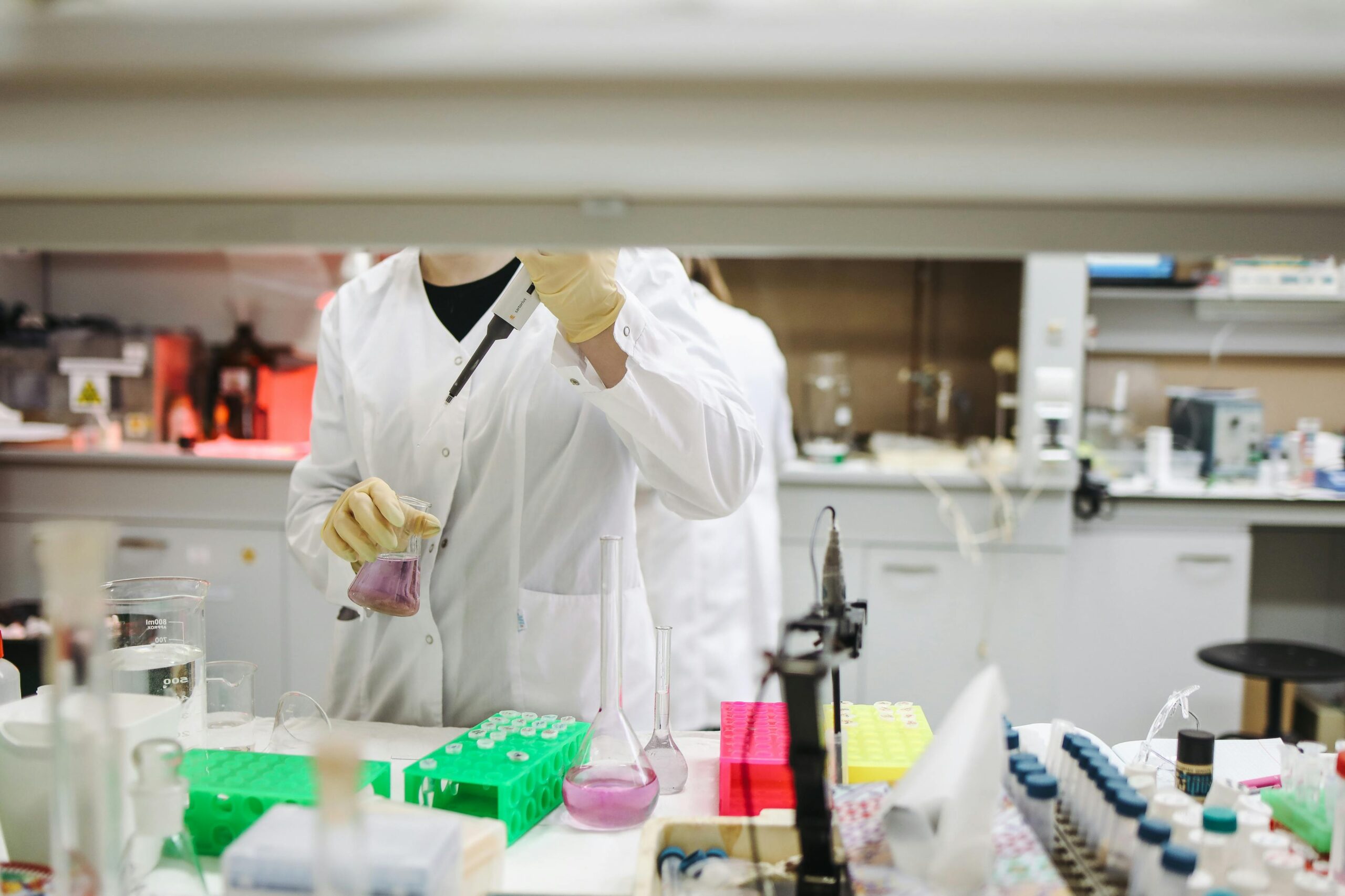The emerging landscape of cancer blood tests, particularly liquid biopsies, is revolutionizing early cancer detection and diagnosis. These minimally invasive tests analyze circulating tumor DNA (ctDNA) and other tumor-specific biomarkers to identify cancer at its earliest stages—often before symptoms appear.
Among the most talked-about innovations are CancerSEEK, Galleri, and PanSeer, each using distinct but powerful genomic techniques to detect multiple cancer types from a single blood sample

CancerSEEK: an important cancer test
Developed by Johns Hopkins University, CancerSEEK combines ctDNA analysis with protein biomarker detection to screen for eight common cancers, including ovarian, liver, and pancreatic cancers. Its goal is to identify cancer before it spreads (metastasis), offering hope for earlier treatment and improved outcomes.
The CancerSEEK test represents a significant advancement in the early detection of multiple cancer types through a non-invasive blood test. This innovative approach combines the analysis of circulating tumor DNA (ctDNA) and specific protein markers to identify cancers at an early stage, potentially before they metastasize. The test has demonstrated high sensitivity and specificity, making it a promising tool for cancer screening.
Test Overview
Detection Capability: CancerSEEK can identify eight common cancer types, including ovarian, liver, stomach, pancreatic, esophageal, colorectal, lung, and breast cancers (Cohen et al., 2018).
Sensitivity and Specificity: The test shows a median sensitivity of 70%, with rates ranging from 69% to 98% for specific cancers, and a specificity greater than 99%, indicating a low rate of false positives (Cohen et al., 2018; Bogyo et al., 2018).
Methodology
Combination of Biomarkers: CancerSEEK utilizes a combination of cancer-specific DNA mutations and protein markers, enhancing its detection capabilities compared to traditional methods (Bogyo et al., 2018).
Non-Invasive Approach:
As a liquid biopsy, it allows for routine testing without the need for invasive procedures, making it more accessible for early cancer detection (Thierry, 2018).
Clinical Implications
By detecting cancers before they spread, CancerSEEK could significantly improve treatment outcomes and survival rates (Thierry, 2018).
Cost-Effectiveness: The test is projected to cost less than $500, making it a feasible option for widespread screening (Bogyo et al., 2018).
While CancerSEEK shows great promise, it is essential to consider the limitations of current cancer screening methods, as many still rely on invasive procedures or are limited to specific cancer types. The ongoing development of comprehensive blood tests like CancerSEEK may eventually address these gaps in cancer detection.
Galleri test ;an important cancer blood test
The Galleri test, developed by GRAIL and piloted by the NHS in the UK, uses advanced DNA methylation pattern analysis to detect more than 50 types of cancer in asymptomatic individuals. While still under clinical review, it offers a promising pathway for mass cancer screening and early intervention.
The CancerSEEK test uses a combination of tumor biomarkers and circulating tumor DNA (ctDNA) to detect multiple types of cancer through a single blood test.
Here are the tumor markers (also called protein biomarkers) commonly used in the CancerSEEK test:
🔬 Protein Biomarkers in CancerSEEK:
CancerSEEK measures eight protein biomarkers, including:
- CA-125 – commonly elevated in ovarian cancer
- CEA (Carcinoembryonic Antigen) – found in colorectal, pancreatic, lung, and breast cancers
- CA 19-9 – associated with pancreatic and gastrointestinal cancers
- HGF (Hepatocyte Growth Factor) – involved in various tumors
- OPN (Osteopontin) – related to several cancer types
- MYC – an oncogene protein; associated with many malignancies
- Prolactin – sometimes elevated in breast and other hormone-sensitive cancers
- TIMP-1 (Tissue Inhibitor of Metalloproteinases-1) – associated with tumor progression and invasion
🧬 Genetic Biomarkers (ctDNA):
Alongside protein biomarkers, CancerSEEK analyzes mutations in 16 genes known to be commonly altered in various cancers. Some of these genes include:
- TP53
- KRAS
- PIK3CA
- CTNNB1
- BRAF
- EGFR
The Galleri test is a multi-cancer early detection (MCED) assay that utilizes a simple blood draw to identify signals from over 50 types of cancer, predicting their origin with high accuracy. This innovative approach aims to complement existing screening methods, particularly for cancers lacking established screening protocols. The implementation of Galleri has been explored in various contexts, including employer-based programs and large-scale clinical trials, highlighting its potential to improve early detection and address disparities in cancer screening.
Overview of the Galleri Test
Mechanism: The Galleri test analyzes cell-free DNA methylation patterns to detect cancer signals, allowing for the identification of cancers at asymptomatic stages (Hall & Aravanis, 2023).
Implementation: It has been integrated into workplace health benefits, particularly targeting lower socioeconomic groups, to enhance access to screening (Jamal et al., 2023).
Clinical Trials and EfficacyNHS-Galleri Trial: This large-scale randomized controlled trial aims to assess the effectiveness of the Galleri test in reducing late-stage cancer diagnoses among asymptomatic individuals aged 50-77 (Neal et al., 2022; Swanton et al., 2022).Expected Outcomes: The trial anticipates a significant reduction in stage III and IV cancer incidences, with a focus on equitable recruitment strategies to ensure diverse participation (Swanton et al., 2022).Psychological ConsiderationsImpact of Results: Research is underway to evaluate the psychological effects of receiving a cancer signal detected result, addressing potential anxiety and health-seeking behaviors among participants (Marlow et al., 2023).While the Galleri test shows promise in enhancing early cancer detection and addressing screening disparities, concerns regarding the psychological impact of false positives and the implications of receiving a cancer signal must be carefully managed to ensure patient well-being.
🧫 PanSeer
PanSeer, developed by researchers in China, targets DNA methylation in ctDNA to detect five common cancers—gastric, liver, lung, colorectal, and esophageal—with 90% sensitivity and 99% specificity. Remarkably, it has shown the ability to detect cancer up to four years before clinical diagnosis.
The Panseer test, specifically the PanSeer7 assay, is a novel blood-based multi-cancer detection method that utilizes targeted bisulfite sequencing of circulating cell-free DNA (cfDNA). This assay aims to enhance early cancer detection and identify the tissue of origin (TOO) for various cancers. The PanSeer7 panel comprises 2,447 markers that are differentially methylated in cancerous versus healthy samples, demonstrating high sensitivity and reproducibility in clinical applications.
Technical Performance
Sensitivity and Limit of Detection: The assay has a limit of detection (LOD) of 1/10,000 for several common cancers, including lung and liver cancers, and 5/10,000 for pancreatic cancer(Yang et al., 2023).
Reproducibility: Testing showed consistent methylation levels across multiple technical replicates, indicating reliable performance at a minimum input of 10 ng cfDNA(Yang et al., 2023).
Tissue of Origin Identification
Accuracy: The PanSeer7 assay achieved over 95% accuracy in predicting the tissue of origin when analyzing mixed datasets of cancer and healthy plasma samples(Yang et al., 2023).
Clinical Application: This high accuracy positions PanSeer7 as a promising tool for non-invasive cancer screening, potentially improving early detection rates(Yang et al., 2023).
Conversely, while the Panseer test shows great promise, challenges remain in its widespread clinical adoption, including the need for further validation and integration into existing diagnostic frameworks.
⚠️ Current Usage and Limitations
Currently, blood tests contribute to about 41% of cancer diagnoses, with variations depending on demographics, cancer type, and healthcare access. However, many of these tests are still not FDA approved, and their clinical validity and utility must be confirmed through large-scale, long-term studies.
Though the promise of early detection is strong, experts caution that these tests should not replace traditional screening methods just yet. Instead, they should serve as complementary tools while researchers gather more robust data to confirm their reliability in everyday practice.
✅ Conclusion
While these cutting-edge blood tests mark a significant advancement in cancer diagnostics, they must be approached with both optimism and scientific caution. With continued research and regulatory approval, they hold the potential to dramatically improve early cancer detection and save countless lives.
read out our previous blog
https://bloodtestsadvisors.com/blog/
https://scispace.com/papers/breakthrough-in-cancer-diagnosis-the-role-of-non-invasive-7h7pvvb26ayr
https://scispace.com/papers/nhs-announces-a-pilot-of-a-blood-test-for-early-detection-of-il21z5magx
https://scispace.com/papers/cancer-screening-with-multicancer-detection-tests-a-35mt1upgzf
https://youtube.com/@bloodtestsadvisors?si=75iayiEpjisk2dFR
contact us for free consultation





We had an absolutely awesome time! Thank you very much Abdul for making our first visit to the African continent so special.